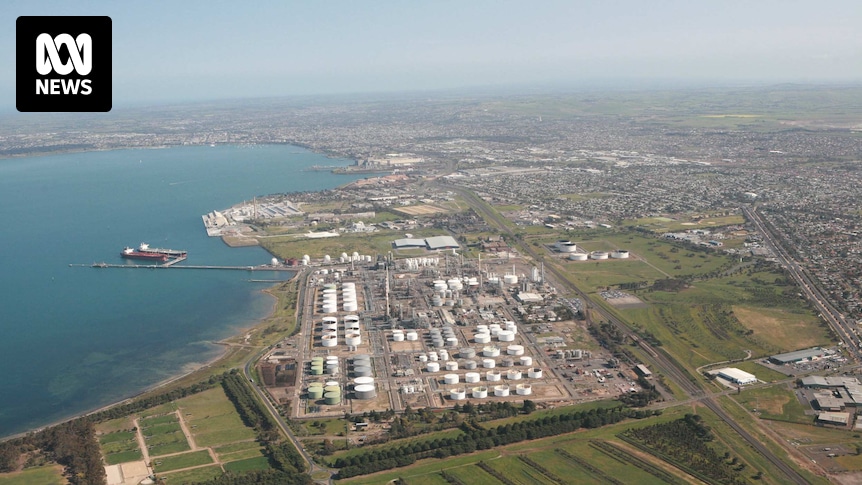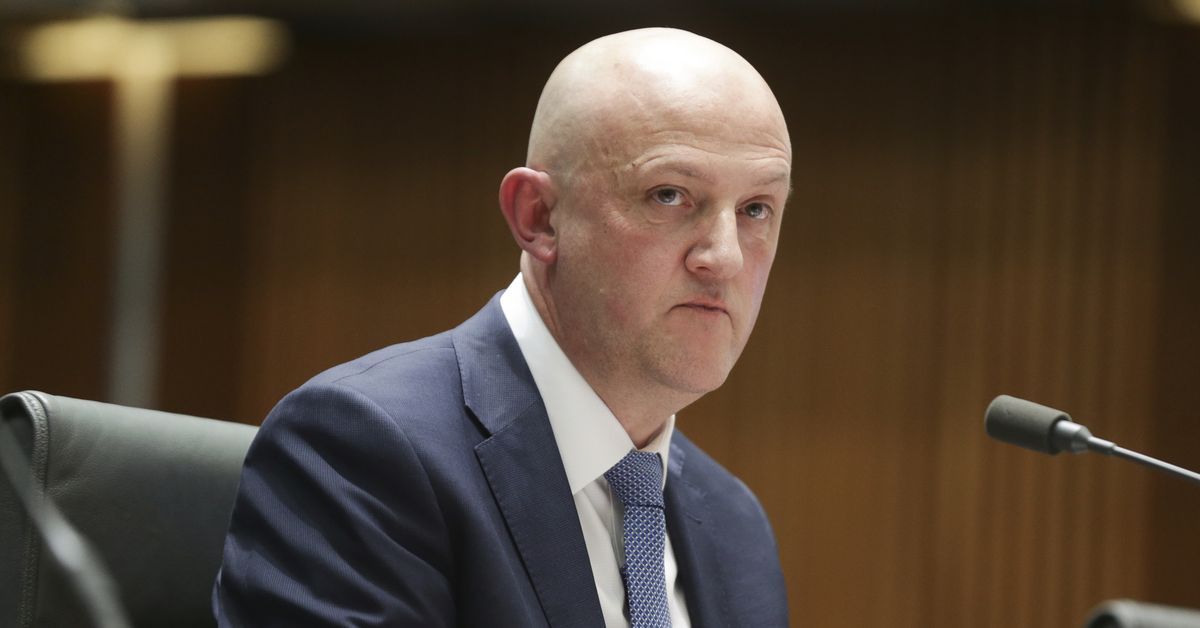Hugh Whites book 'How to defend Australia' is available for free if you are a Kindle Unlimited subscriber
How to Defend Australia eBook: White, Hugh: Amazon.com.au: Kindle Store . I've only flicked through it so far, but I have the impression he won't be getting an invite to a RAN party for a long time. More F35's, millions of missiles, drones and industry to back them up. Thinks we should downsize the Navy platforms and aim the RAN and our other forces mainly for maritime denial, rather than control.
I've read the section on nuclear weapons in detail and he does seriously consider the nuclear option. Says it would cost about $10-20 billion in the initial years, would require 4 ballistic missile submarines and a nuclear force similar in size to the UK to be credible. I'm not sure I am absolutely convinced submarine launched missiles would be necessary, we have a lot of space in the outback, we could play a shell game with missiles and launches, moving them around many sites spread over thousands of kilometres. Four subs may only give you one at sea at any given time. I would argue one sub could easily be more vulnerable than say 10 mobile launches that are between spread 100 different sites. If you remove the subs from the nuclear weapons equation I suspect it becomes much cheaper. Of course, there is that old myth, that won't die completely, that Oz did acquire a modest stock pile of nuclear weapons in the past. My own contribution to the story, which is true, comes from a late friend who was ground crew when we had the F111, he said they would kit them out sometimes with dummy nukes and do tests runs delivering them.
The other bit I have read in detail is regarding 'efficiency', which makes me, the tax payer, rather sad. In each case he points out the country com[pared to is in very different circumstance to Oz:
"Singapore, which spends less than half as much on defence as we do – about A$15 billion. With that it gets quite a lot of capability. Its air force has 100 frontline fighters – upgraded fourth-generation planes – with plans for some sixty F-35s. Its navy has six small major warships, seventeen corvettes and patrol boats, five old but quite capable submarines, and four mid-sized amphibious ships. Singapore’s army has three combat-ready heavy divisions, with massive numbers of fighting vehicles – well over 4000. So while its air force and navy are clearly somewhat weaker than ours, its army is far stronger."
And with Israel & France
"Israel offers an even more telling benchmark. It spends about A$26 billion a year on defence. Its air force has almost 300 fourth-generation fighters and is planning to buy fifty to seventy-five F-35s. Its navy has no major surface combatants but operates six submarines. Its army has 133,000 active soldiers and 380,000 reservists. There are six active and thirteen reserve infantry brigades and four active and eight reserve armoured brigades, with 2760 main battle tanks, over 6000 armoured personnel carriers and 600 self-propelled 155 mm howitzers. So this army is ten times the size of ours. Plus it has nuclear forces, including medium-range ballistic missiles. All for about 75 per cent of our defence budget."
'.....France, which spends only 40 per cent more than we do, for which it gets an air force with almost 250 fighters, a navy with an aircraft carrier, three amphibious assault ships, ten nuclear-powered submarines, including four with ballistic missiles, twenty-three major surface warships and an army of 117,000, with 6.5 active brigades, including one armoured and one light armoured brigade, equipped with some 3600 armoured fighting vehicles – and a nuclear capability.'
The book has aged a bit already, it's infused with concern regarding the USA becoming a less stead fast ally, I think this is directly because of the Trump administration. He also says the PRC wouldn't be stupid enough to rile up India while it's got it's focus on the SCS. Whoops! The Quad is probably making more progress than he expected and there have been a number of new programs like the Loyal Wingman and the focus towards acquiring long range missiles since the publication in 2019. You could say these are some of the things he thinks we should be spending money on.
I will read it fully over the next couple of weeks. You may not agree with him but he has reasons for his opinions.

 www.abc.net.au
www.abc.net.au

